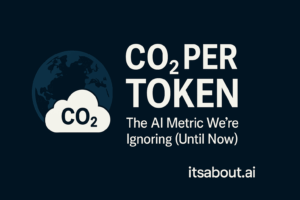
A Silent Aisle, A Loud Truth The data centre aisle was unnervingly quiet. High-density AI servers hummed with an intensity that pushed the limits of what traditional airflow could sustain. In the middle of this familiar landscape sat a single liquid-cooled node: compact, efficient and completely alone. It looked like a glimpse of the future […]


